Today, we'll be exploring 9 tropical fruit trees that thrive in Zone 11, from fig trees that withstand chilly temperatures to pomegranates that adapt to various climates.

And the best part? They provide not just a feast for the eyes with their unique foliage and vibrant flowers, but also a bounty of delicious fruits.
Whether you have a sprawling garden or a modest one, there's always room for a tropical fruit tree.
So, get ready to transform your garden into a tropical oasis.
1. Chicago Cold Hardy Fig Tree
The Chicago Cold Hardy Fig Tree is a popular tropical fruit tree.
This variety of fig tree typically reaches a height of 10 to 15 feet, with some specimens growing slightly taller.
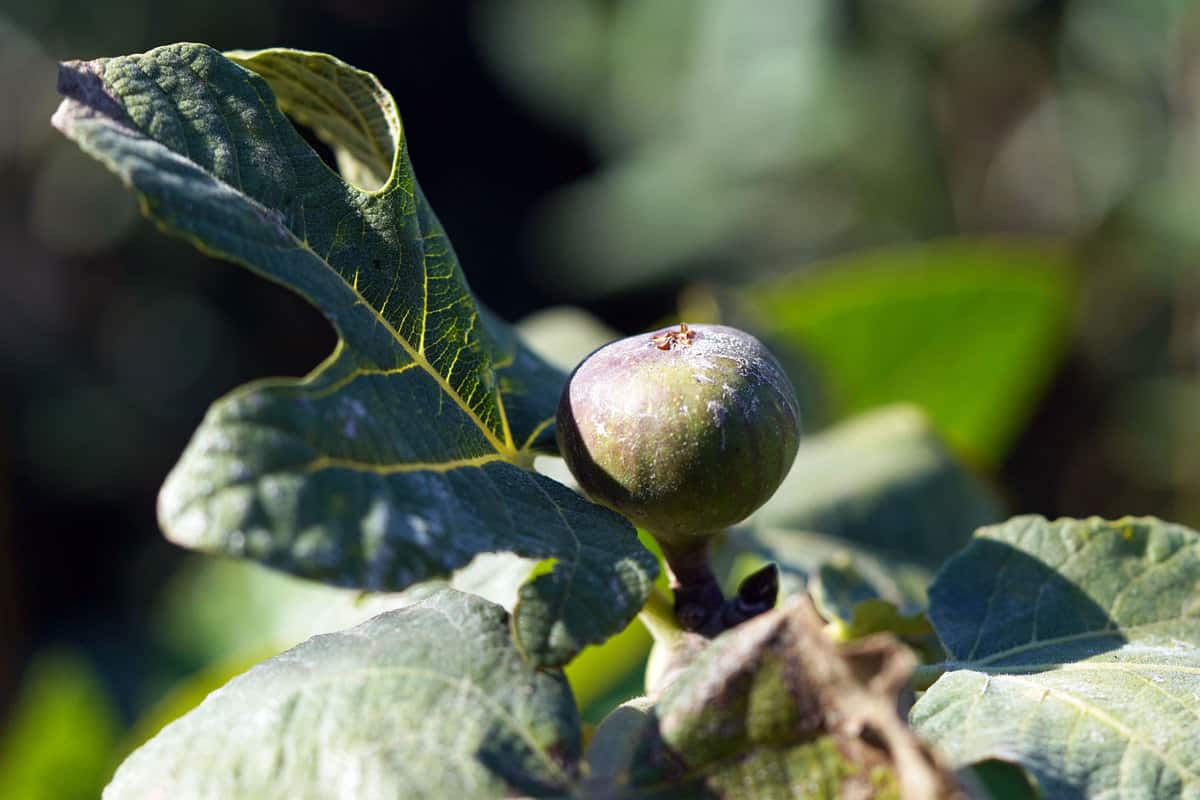
The tree's eye-catching leaves add visual interest, and the fruit is delicious.
In Zone 11, the Chicago Cold Hardy Fig Tree enjoys a warm climate, which promotes vigorous growth and fruit production.
This adaptable fig tree can tolerate various soil conditions and can withstand temperatures down to 15°F, making it particularly hardy for a tropical fruit tree.
To ensure the health of the Chicago Cold Hardy Fig Tree, gardeners should provide it with regular watering and apply organic matter to the soil to maintain its fertility.
Additionally, proper pruning and removal of dead or diseased wood should be performed to maintain a healthy tree and maximize fruit production.
2. Pineapple Guava (Feijoa Sellowiana)
Pineapple Guava is an exotic, evergreen shrub known for its unique taste and attractive foliage.
This tropical fruit tree can reach a height of about 20 feet and a similar width, with branches covered in dense matted hairs.
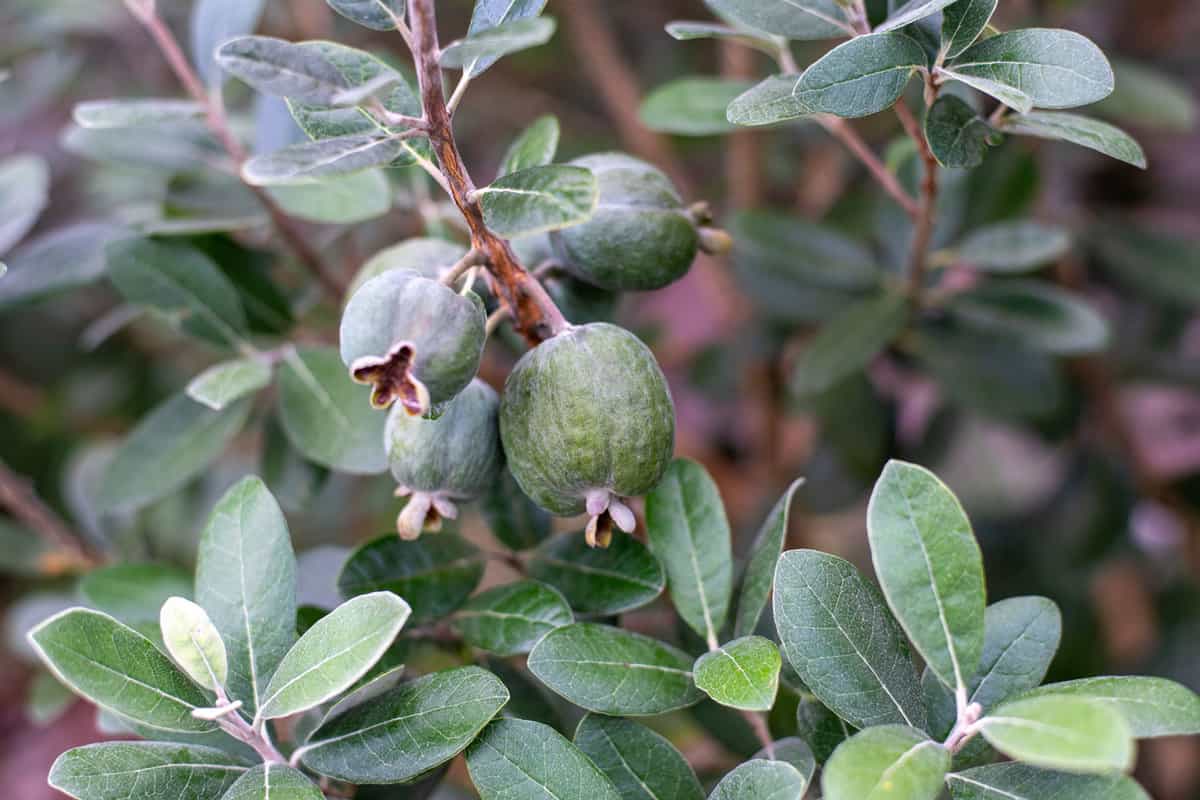
Perfect for Zone 11 gardens, this plant thrives in warmer temperatures, providing an excellent landscape ornamental and fruit-bearing tree.
In Zone 11, Pineapple Guava thrives when provided with full sun and well-draining soil.
This fast-growing shrub requires minimal care and is resilient to various landscape conditions.
Regular watering is essential, especially during dry periods, to ensure healthy growth and fruit production.
Overall, Pineapple Guava is a low-maintenance, rewarding addition to any tropical garden.
3. Austin Pomegranate
The Austin Pomegranate is a popular tropical fruit tree suitable for Zone 11 gardens.
This variety produces vibrant orange-red flowers that evolve into delicious ruby-red fruits.
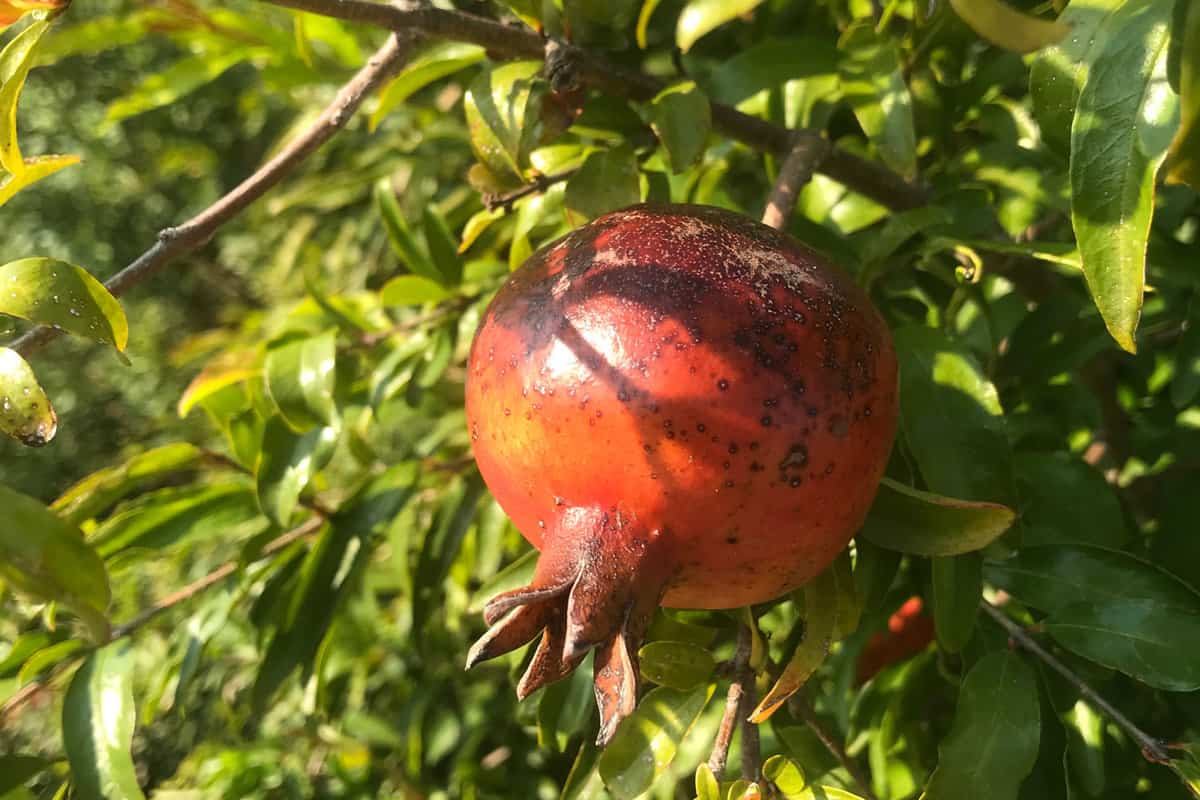
Known for its adaptability, the Austin Pomegranate thrives in various climates and can reach heights of 6 to 12 feet when properly maintained.
In Zone 11, this particular pomegranate variety benefits from full sun exposure and well-draining soil, with a preferred pH range of 5.5 to 7.0.
As it adapts to higher temperatures, the Austin Pomegranate can fruit sporadically if placed in partial shade.
Low maintenance and easy to care for, the Austin Pomegranate only requires occasional pruning and regular watering to ensure healthy growth and fruit production.
4. Arbequina Olive Tree
The Arbequina olive tree (Olea europaea 'Arbequina') is a tropical fruit tree well-suited for Zone 11 gardens.
Typically reaching heights of 15-20 feet, this evergreen tree has silvery-grayish-green foliage that adds a touch of elegance to the landscape.
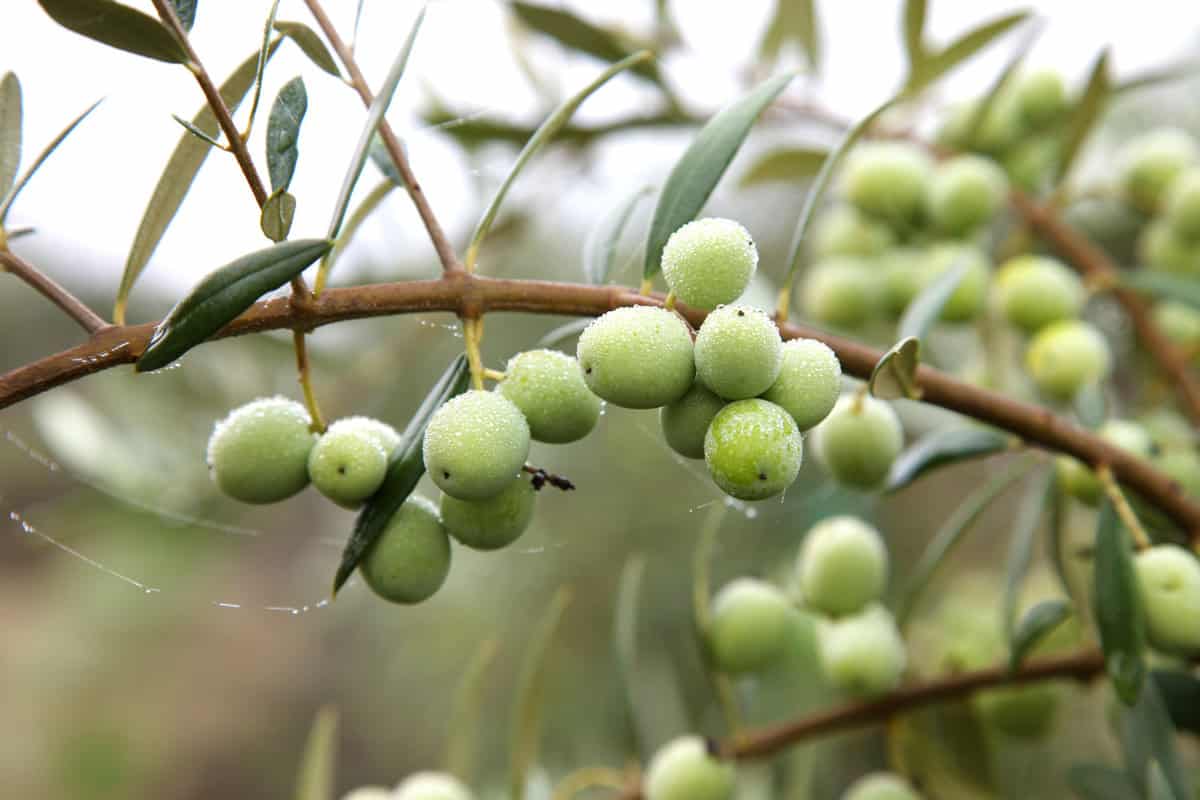
In Zone 11, the Arbequina olive tree thrives in well-draining soil, with ample sunlight and a Mediterranean climate.
In Florida, for example, white flowers usually appear in April or May, followed by the fruit set. The olive fruits start as green and gradually turn to blackish-purple when ripe.
Caring for the Arbequina olive tree requires regular watering to maintain healthy growth, especially during the fruit-bearing months.
Pruning is equally important to encourage new growth and enhance fruit production.
5. Magnolia Fig Tree
The Magnolia Fig tree, also known as Ficus carica 'Magnolia', is an edible deciduous shrub cultivar well-suited for Zone 11 gardens.
It typically reaches a height of 15 feet while bearing one of the largest fruits among fig varieties.
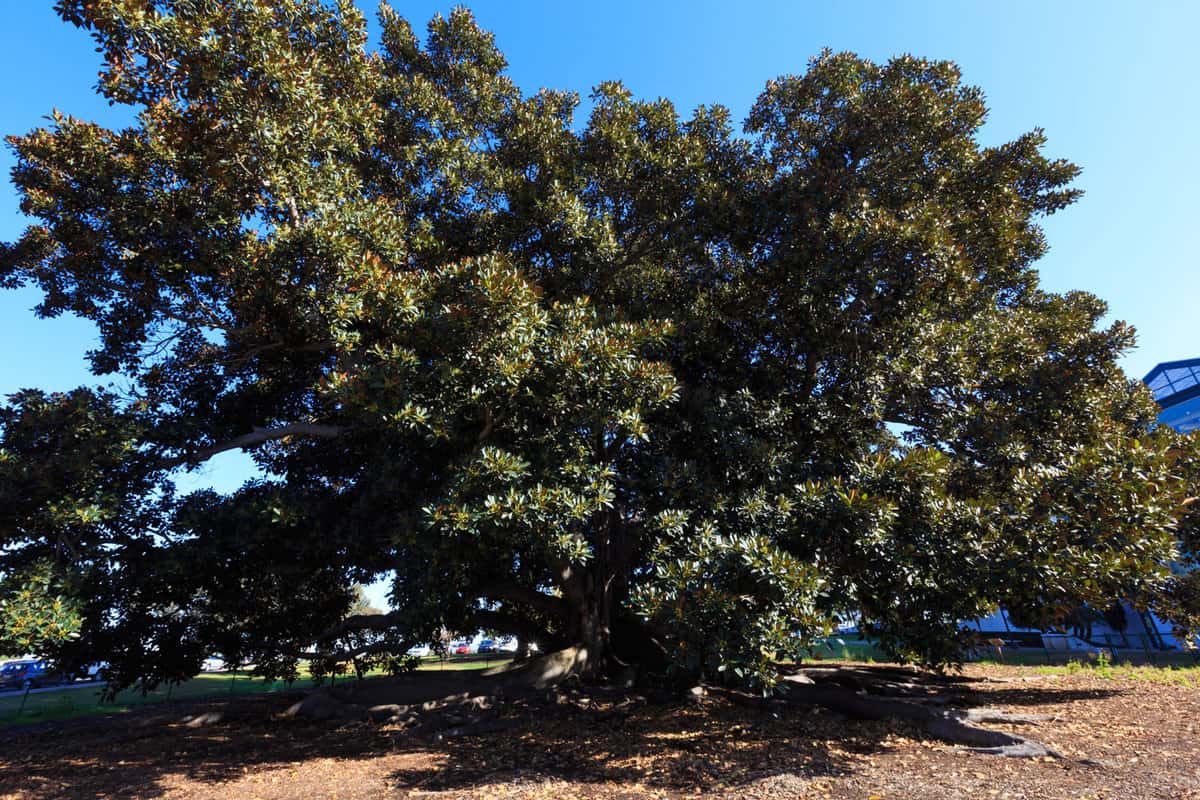
As a cold-hardy plant, it is capable of withstanding temperatures down to 50°F.
This self-pollinating magnolia fig tree thrives in Zone 11, where it can handle full sun and partial shade.
It also adapts well to container growing, making it versatile for gardeners with limited space.
When it comes to care, regular watering is essential during the tree's growing season.
Pruning and fertilizing are also important to keep the Magnolia Fig tree healthy and productive in your tropical Zone 11 garden.
6. Fuyu Persimmon Tree
The Fuyu Persimmon Tree is a popular tropical fruit tree, known for its deep-orange fruit and attractive foliage.
This tree adapts well to Zone 11, with a typical height of 20-30 feet. The fruit sports a square shape and light orange flesh, ripening in late fall.
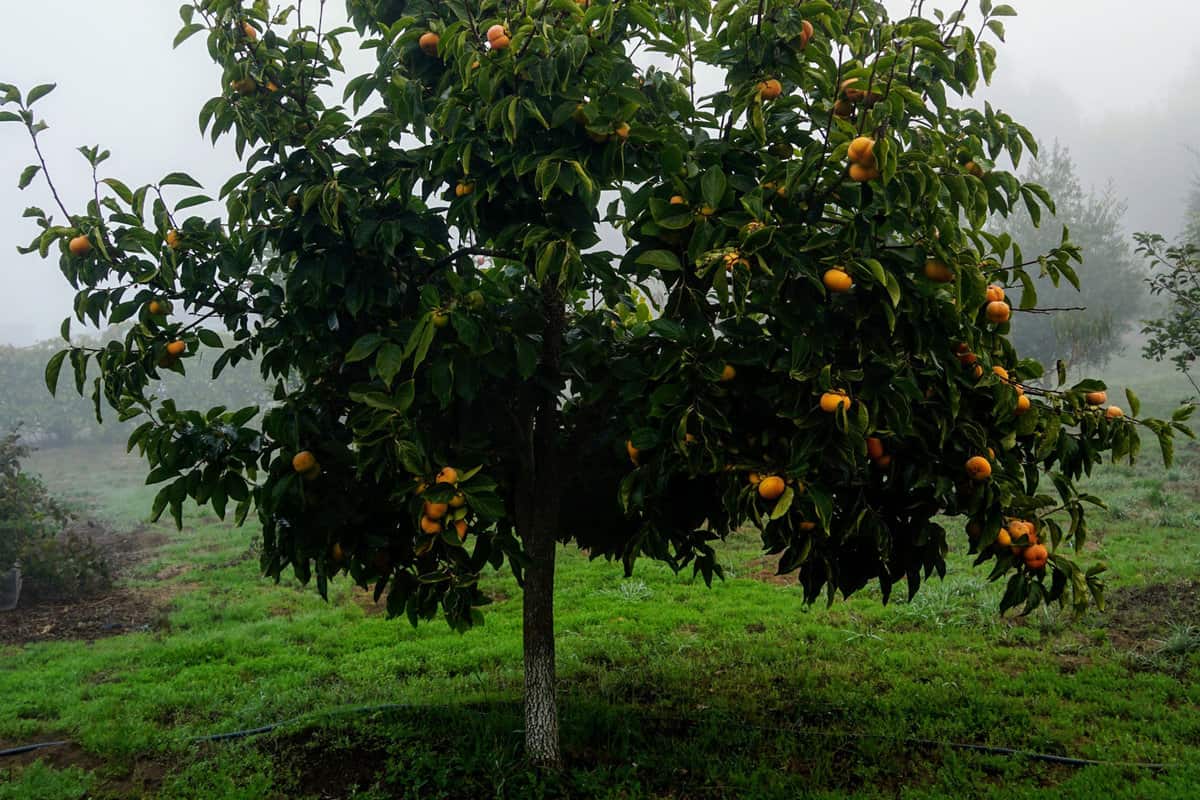
Fuyu persimmons have fragrant female flowers and pink-toned male flowers. In Zone 11, this tree thrives in full sun and well-drained soil.
Neutral or slightly acidic soil pH is preferred, so it's a good idea to test your soil before planting.
Fertilize your tree with 2 ounces of 10-10-10 per year of tree age in early spring and mid-summer to ensure healthy growth.
7. Loquat Tree (Eriobotrya Japonica)
Loquat is a tropical evergreen fruit tree thriving in USDA hardiness zone 11.
This tree typically grows between 15 and 30 feet high and wide, with a rounded crown and short trunk. In ideal conditions, it can exhibit rapid growth, adding up to 3 feet per year.
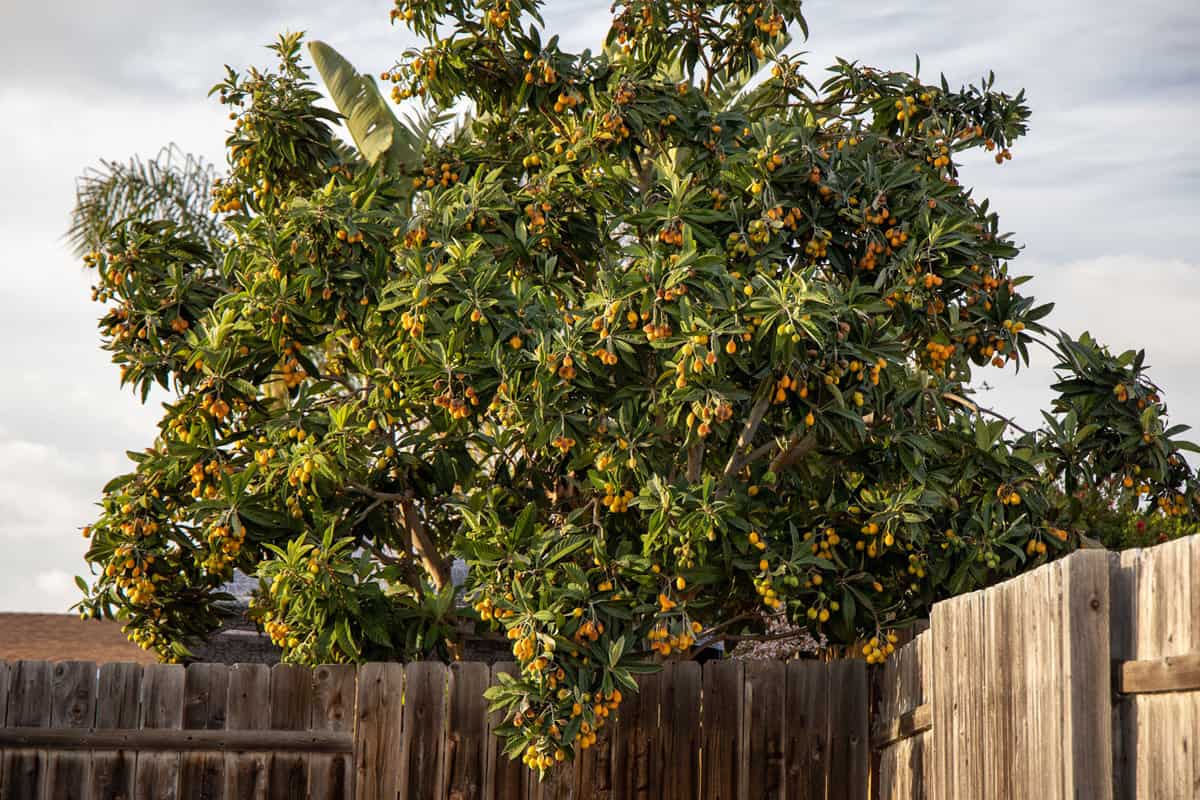
Adapted to zone 11, loquat trees enjoy full sun to partial shade and well-drained soil.
The dense, rounded, dark green canopy becomes adorned with apricot-yellow, pear-shaped, and edible fruits in late winter and spring.
To maintain their health, proper care for loquat trees in zone 11 includes mulching with a 2- to 6-inch layer of bark, wood chips, or other mulch material to retain soil moisture and reduce weed growth near the trunk.
8. Black Mission Fig Tree
Black Mission Fig Tree is a popular tropical fruit tree for Zone 11 gardens. This adaptable tree is known for its vigorous growth and high fruit production.
It can reach heights of up to 25 feet, with a similar spread, providing ample shade and ornamental value.
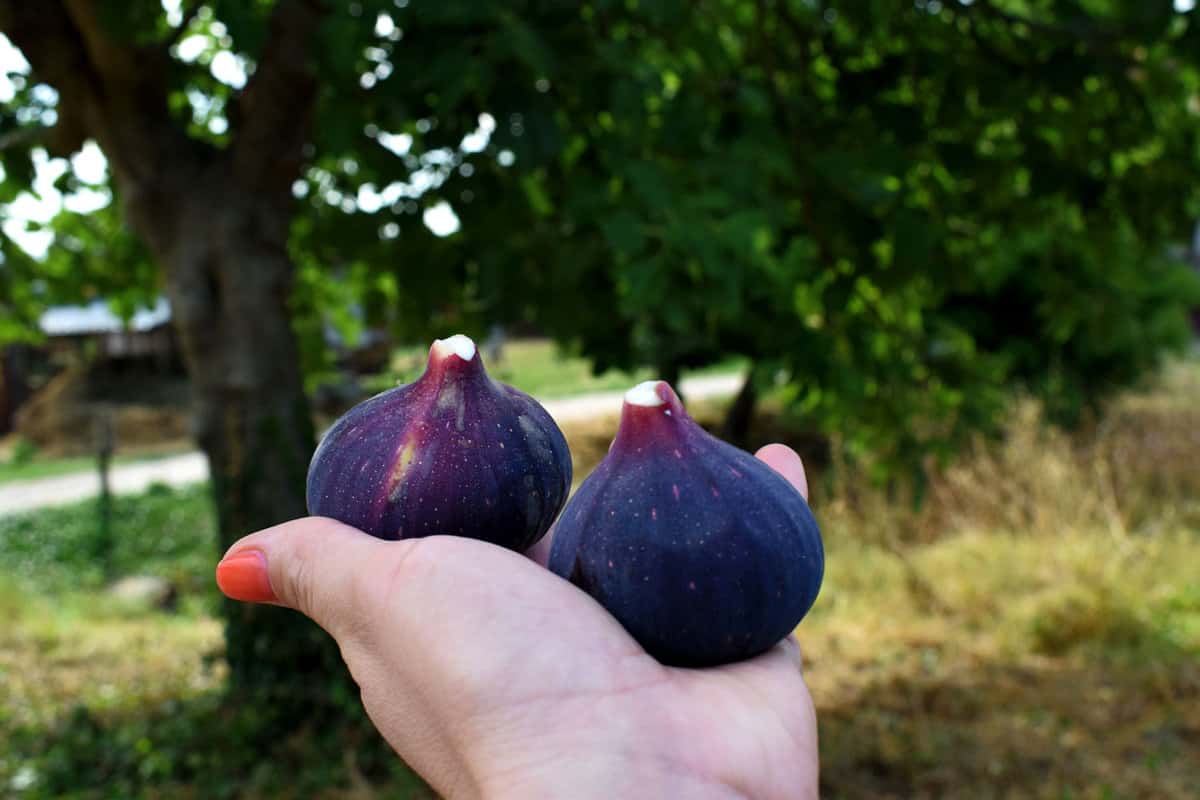
Thriving in Zone 11, the Black Mission Fig requires a warm climate and well-draining soil.
This tree is quite low-maintenance and benefits from periodic pruning to maintain its shape and size.
However, the overall care needed for the Black Mission Fig Tree in Zone 11 is minimal, making it a perfect addition to your tropical garden.
9. Wonderful Pomegranate
The pomegranate is a versatile, small deciduous tree that can grow between 12 to 20 feet tall and is well-suited for Zone 11 gardens.
Its physical attributes include a bushy shrub-like appearance, although it can also be trained as a tree.
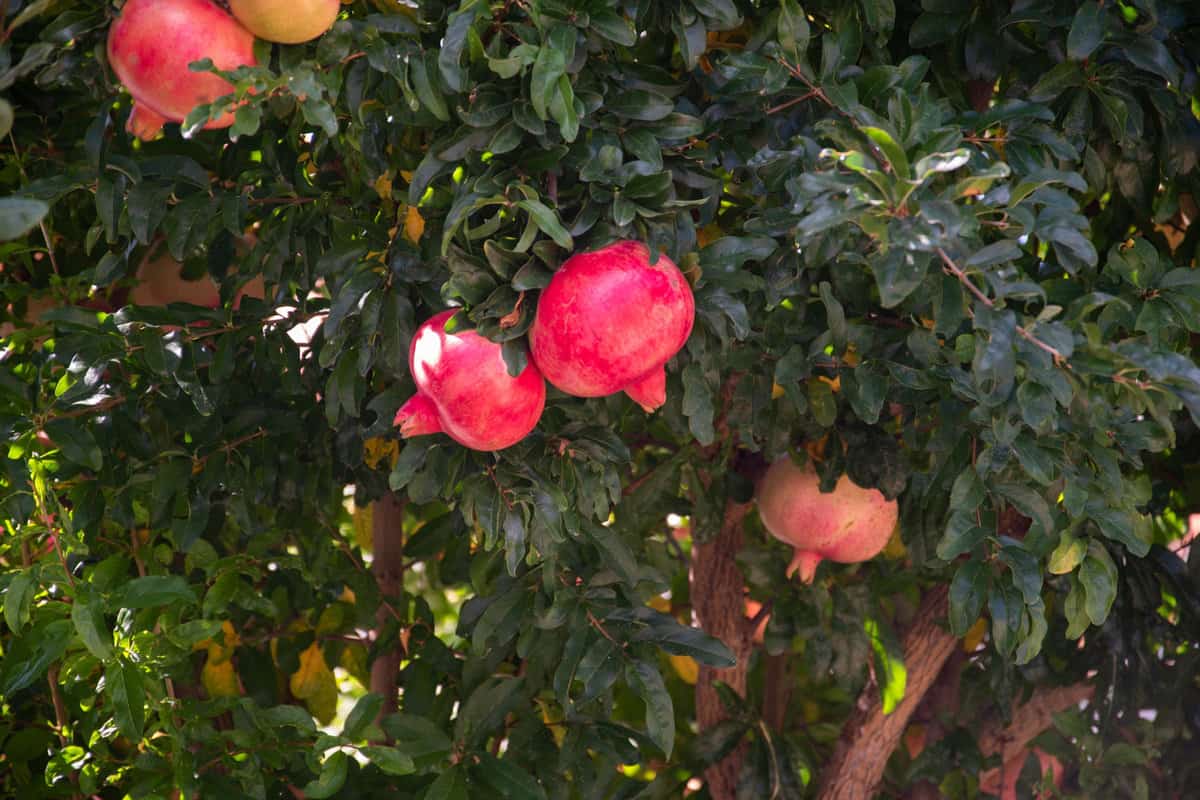
In Zone 11, this tropical fruit tree thrives in most well-drained soils and enjoys full sun exposure, which allows it to produce abundant flowers and fruit.
The wonderful pomegranate also adapts to various soil pH levels, preferably between 5.5 to 7.0.
Caring for pomegranates is quite simple, as they require minimal maintenance once established.
Just ensure proper soil drainage and prune as needed in order to maintain the desired shape and size.
Wrapping Up: Transforming Zone 11 into a Tropical Haven!
Transforming your Zone 11 garden into a lush tropical paradise is easier than you might think.
These fruit trees provide not just fresh produce but also serve as stunning ornamental pieces that elevate the aesthetic appeal of your outdoor space.
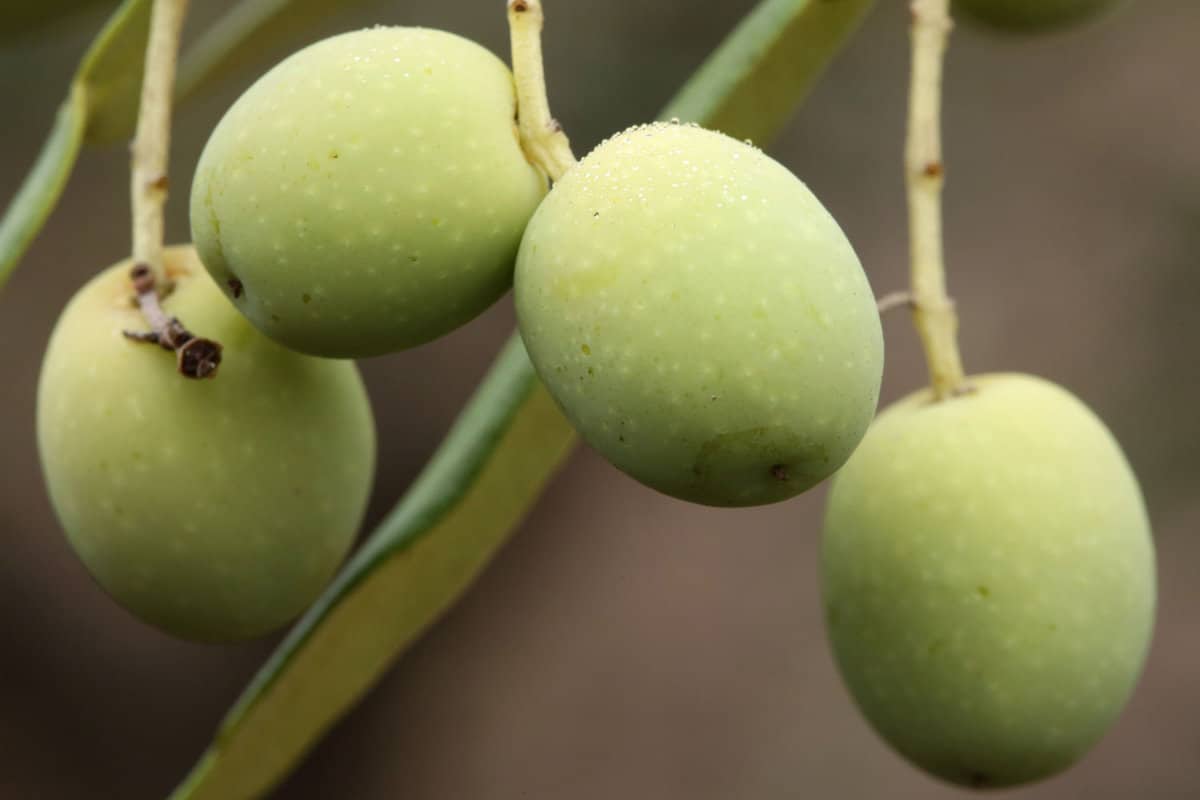
From full sun lovers like the Fuyu Persimmon Tree to adaptable shrubs like the Magnolia Fig, these tropical fruit trees prove that you don't need a rainforest to enjoy the tropics.
So, why wait? Start planting these tropical wonders today and reap the fruits of your labor tomorrow!
You might also wanna check these out:
